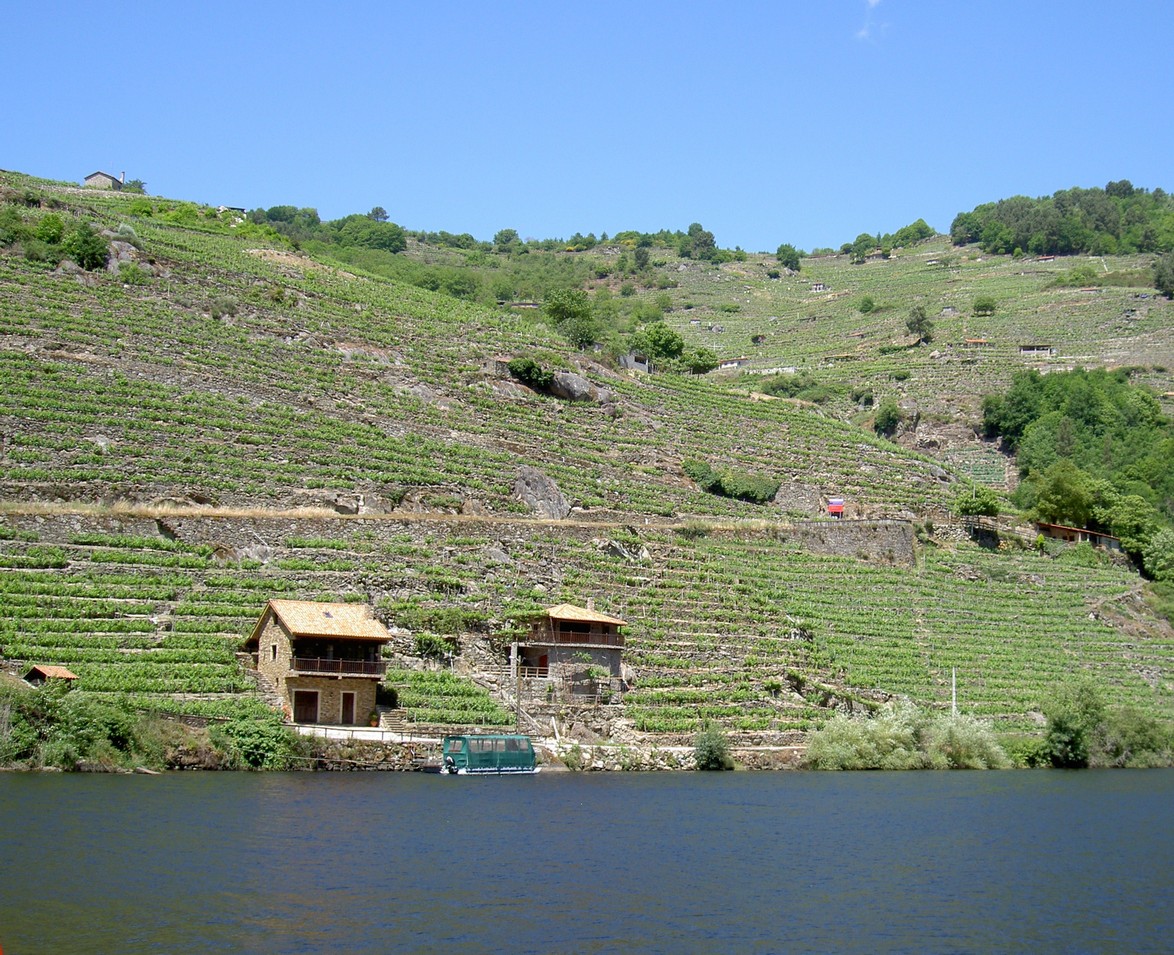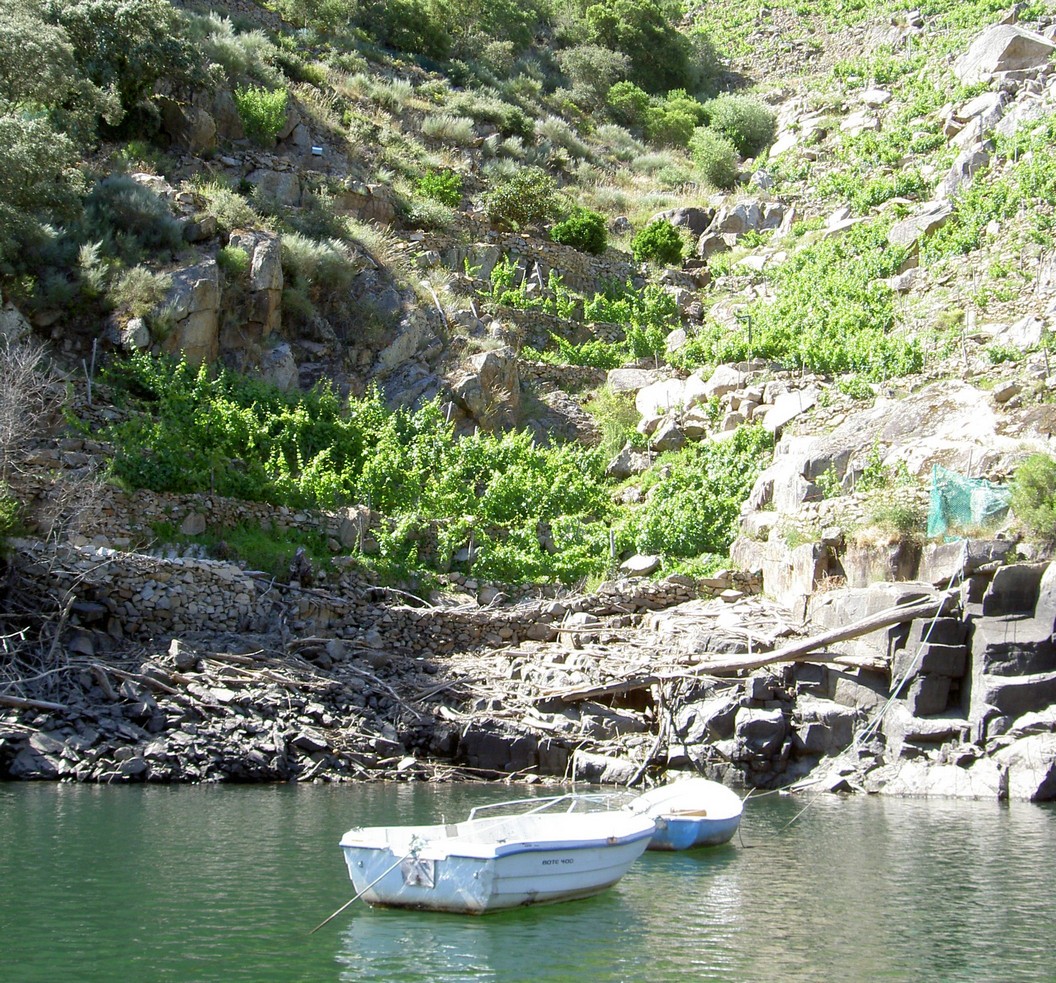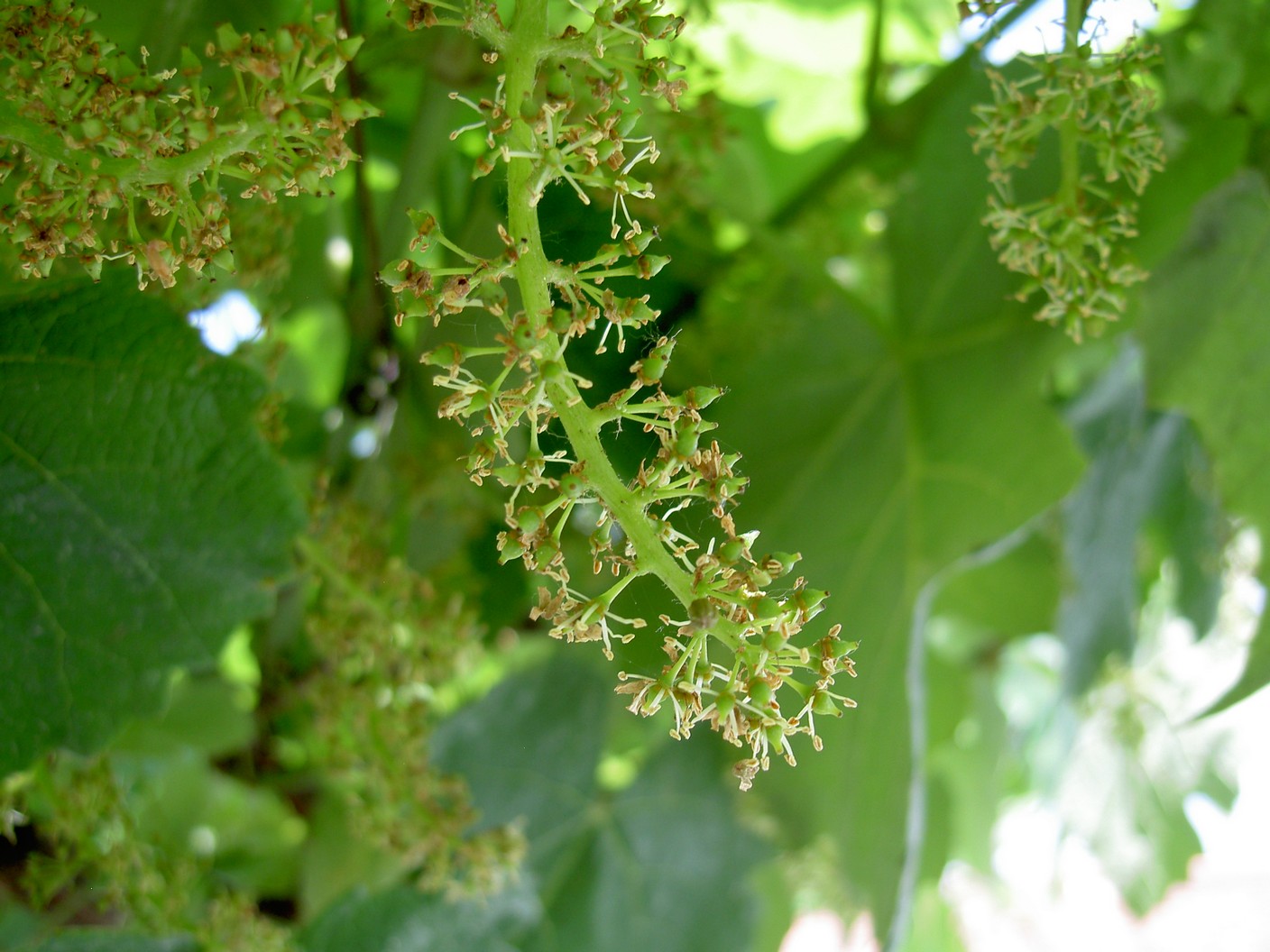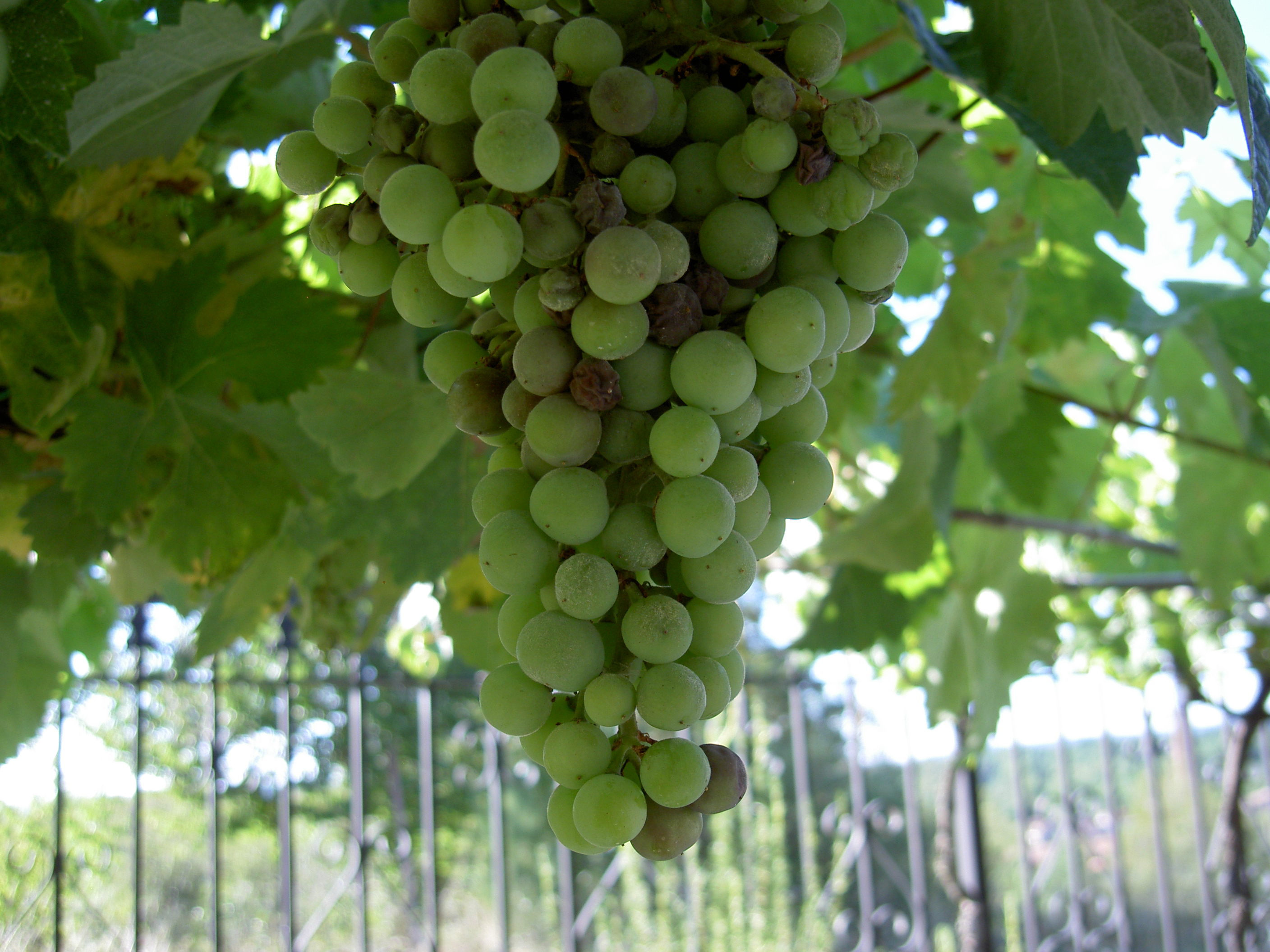The Ribeira Sacra is a Spanish Denominación de Origen (DO) and one of the most difficult places on the planet to harvest grapes. This relatively small and little known wine producing region is located in the south of Lugo province and the north of the province of Ourense in Galicia, Spain.

The steep sided valleys of the river Sil and river Miño provide growers with an ideal micro-climate and produces grapes with intense flavours and naturally high sugar levels. The vines are grown on narrow terraces or bancadas and rise from the banks of the rivers to over a thousand feet. Like a giant staircase, the terraces hug the contours of the valley. Mechanisation on these steep, narrow terraces is impossible and some vineyards are only accessible by boat. It’s said that six labourers and one tractor, working in the gently undulating vineyards of Castile and La Mancha, can harvest more grapes than three thousand workers in the Ribeira Sacra.

Within this unique wine growing region there are many other enthusiastic amateurs producing fresh, juicy reds from the area’s most abundant grape variety, Mencia. I’m proud to count myself among its number.
The difficulties of working the steep river slopes are offset against the benefits of the micro-climate that provide ideal conditions for this northerly, more temperate corner of Spain. For those of us working vineyards outside this microcosm of weather, there are other problems to overcome.
Work in my vineyard, on the flat flood plains of the river Cabe, starts much later in the year than most. The risk of late frosts delay pruning until the new buds are almost ready to burst into life. This year, I started work in the second half of March: pruning the vines and tilling the vineyard. Mother Nature worked her magic, providing the perfect conditions for a healthy start. Buds swelled in the warm sunshine and mild nights kept Jack Frost at bay.

By the time of the Sober wine fiesta, in mid-April, the buds had burst and young leaves basked in warm Spring sunlight. By the end of the month, tiny bunches of grapes were preparing to flower. May brought an explosion of growth. The young canes grew from less than an inch long to over three foot. Regular spraying kept the vineyard free of pests and fungal diseases at bay. By the beginning of June, delicate flowers blanketed the young grapes: a brief moment of beauty blown away in the first strong breeze.

The long road to maturity could now begin. A period of inclement weather was countered by more spraying. Mid-July and all was well but then disaster struck: a vintner’s worst nightmare – black rot.
Like the Black Death of the fourteenth century, black rot attacks without conscience. Plump and healthy grapes are reduced to shrivelled black berries. A spell of wet weather compounded the problem. By the time I was able to spray them again, the damage had been done.

From now until harvest time, each infected grape will have to be hand-plucked from every developing bunch: a momentous task.
Now is the time to pull a cork and raise a glass. Not, as you might think, to drown my sorrows and wallow in self-pity. No, this is the time to savour the unique and exquisite flavours of Ribeira Sacra wine and motivate myself to stay the course and see the job through.
Copyright © 2014 Craig Briggs
*************************************************************************
Craig and Melanie own and operate a luxury farmhouse rental property called Campo Verde. To find out more about a stay at Campo Verde and Galicia in general, visit their website getaway-galicia
Craig’s book, Journey To A Dream, is available exclusively from Amazon, to purchase your copy click here for your national Amazon store.
Find out more about Craig, and Galicia or look him up on Facebook